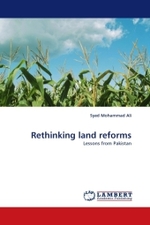Full Description
The focus of this study is on the ways in which skin color moderates the perceptions of opportunity and academic orientation of 17 Mexican and Puerto Rican high school students. More specifically, the study's analysis centered on cataloguing the racial/ethnic identification shifts (or not) in relation to how they perceive others situate them based on skin color.
Contents
Acknowledgements Preface List of Tables Introduction 1. Theoretical Background 2. Methodology 3. Constructing Ethnicity: The Significance of Self-Identification and Culture 4. Teachers Say I Can Pass For Anything, Except White: Skin Color and External Identification 5. The Implications of Skin Color in Perceptions of Opportunity 6. Skin Color Differences in Academic Orientation 7. Discussion and Conclusion Appendices Bibliography








